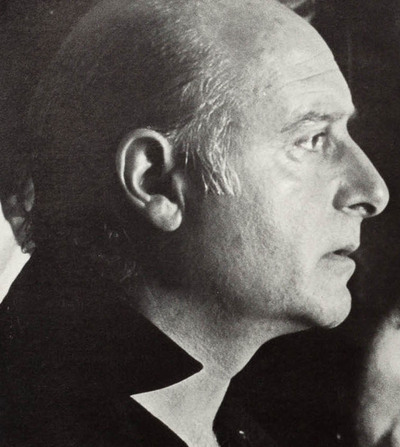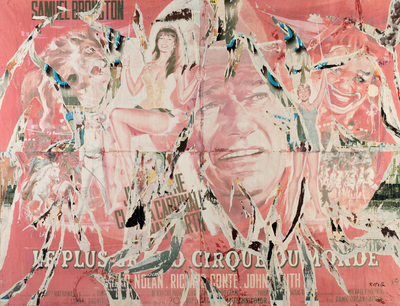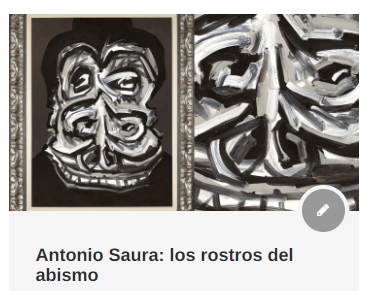Mimmo Rotella and décollage: the destruction of the image empire
The fruitful relationship between cinema and the plastic arts beats in the creative imagination of artists such as Picasso, Dalí, Chagall or Mimmo Rotella, who found in the seventh art their true inspirational muse.
Rotella, an artist of Calabrian origin, is considered one of the most important and influential references of contemporary art after the nineties. Although he has often been referred to as the Italian Warhol, labeling him under the precepts of American pop is a superficial and incomplete reading of his work that does not correspond to the critical dimension implicit in it. In fact, and despite using an imaginary that shares with pop art, it was precisely this critical component that brought him closer to the ideological world of the New Realists. who saw in art a way to bring man out of his self-absorption and make him reflect on the dangers of alienation in the capitalist system.
After his first artistic experiences in the field of the avant-garde under the orbit of an abstraction inherited from artists such as Kandinsky or Mondrian, Rotella left Paris to settle in the United States where he had the opportunity to meet the cream of the new artistic currents such as Pop art and abstract expressionism would incorporate into his artistic baggage. Upon his return to Rome in 1953, Rotella reaffirmed his idea of painting as an expressive medium whose possibilities had become totally obsolete. It was then that the critic Pierre Restany invited him to join the Nouveau Realisme collective, along with other artists such as Tinguely, Yves Klein, Spoerri and Arman. All of them focused their research on the plastic and aesthetic possibilities of the everyday object to create a new type of realism based on the image of modern society.
Aware of the growing power that the mass media had acquired after the World War and its impact on the urban space, Rotella saw in the advertising posters of mass culture and celluloid, a perfect icon of the new visual communication, whose nature, more in keeping with the sign of their time, made them the backbone of their production. In this way, he germinated what was his most prized hallmark and which, in clear opposition to collage, the artist called décollage. In them, the process of constructing a new image through adhesion is completely inverted, giving way to a work that is conceived from the subtraction of the remnants that have been rescued from degradation.

Although he was not the first to experiment with this procedure, Rotella, unlike his peers, did proceed to intervene his posters by modifying and tearing fragments that he then recomposed to create a new reality in which poveda art is already announced. In this sense, the process of deterioration to which the poster has been exposed grants it new plastic capacities in which the idea of art torn from the masses versus art torn by the masses comes into play, opposing the idea of appropriation and destruction.
The old movie posters, once torn off the walls, acquire a new significance that revolves around the idea of a society that is heading towards its destruction by leaps and bounds. Wearing out, mixing and blending together like the fragments that make up the composition, we witness the deterioration of something that shone for an era in the same way as the great Hollywood stars did until they were discarded by a society capable of glorifying and forgetting them with the same speed with which we dispose of a consumer product. This is the case of the bidding décollage corresponding to the film starring John Wayne, Rita Hayworth and Claudia Cardinale, “Le plus grand cirque du monde.“where the glamorous epic that empowered its stars during the 50s and 60s is reduced to a fantasy of the past, which, blurred and overshadowed, becomes one more victim of an increasingly standardized and globalized world.
Composing a new version of reality devoid of any idealism, their décollages have transcended as an eloquent reflection on the omnipresence of the image in today’s culturewhere fragility, the passage of time and the ephemeral nature of fashions become a symbol of capitalist deterioration that exposes an image of society eroded and phagocytized by the system itself.





